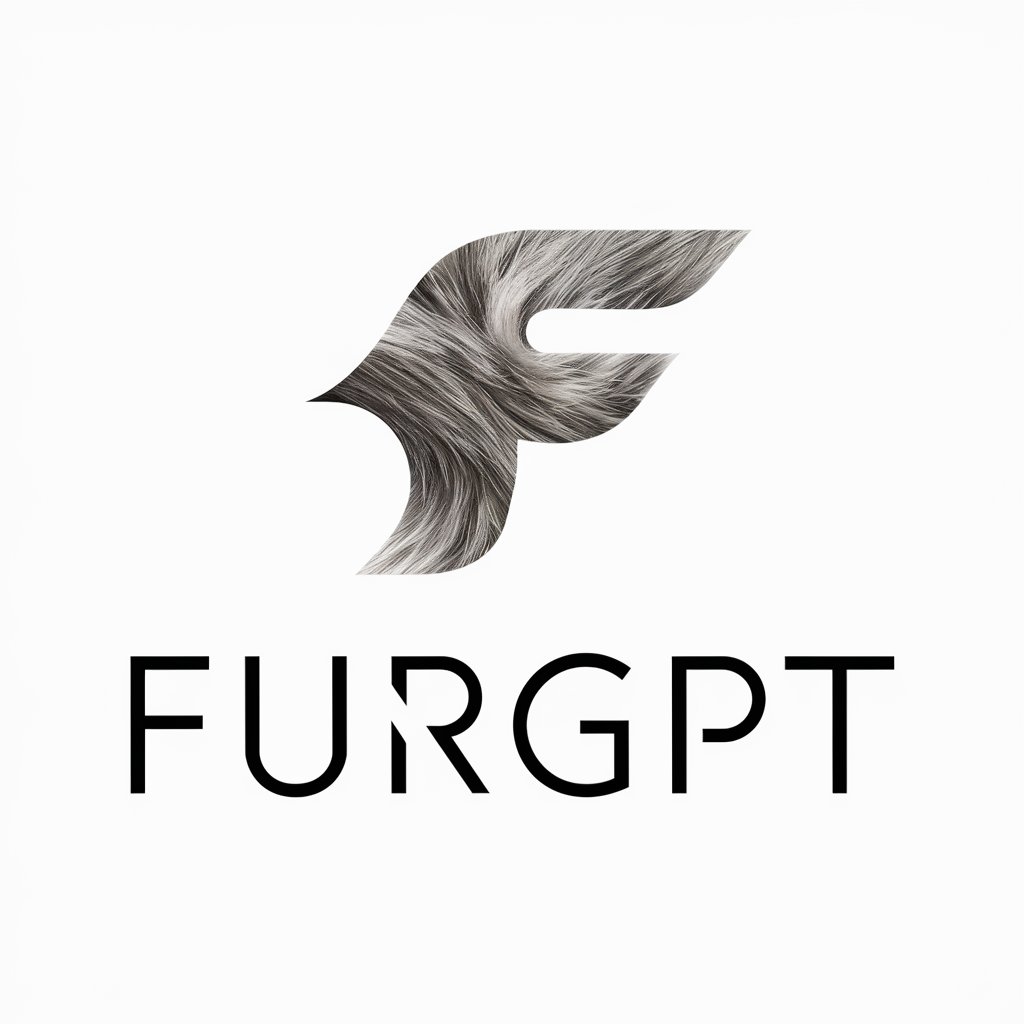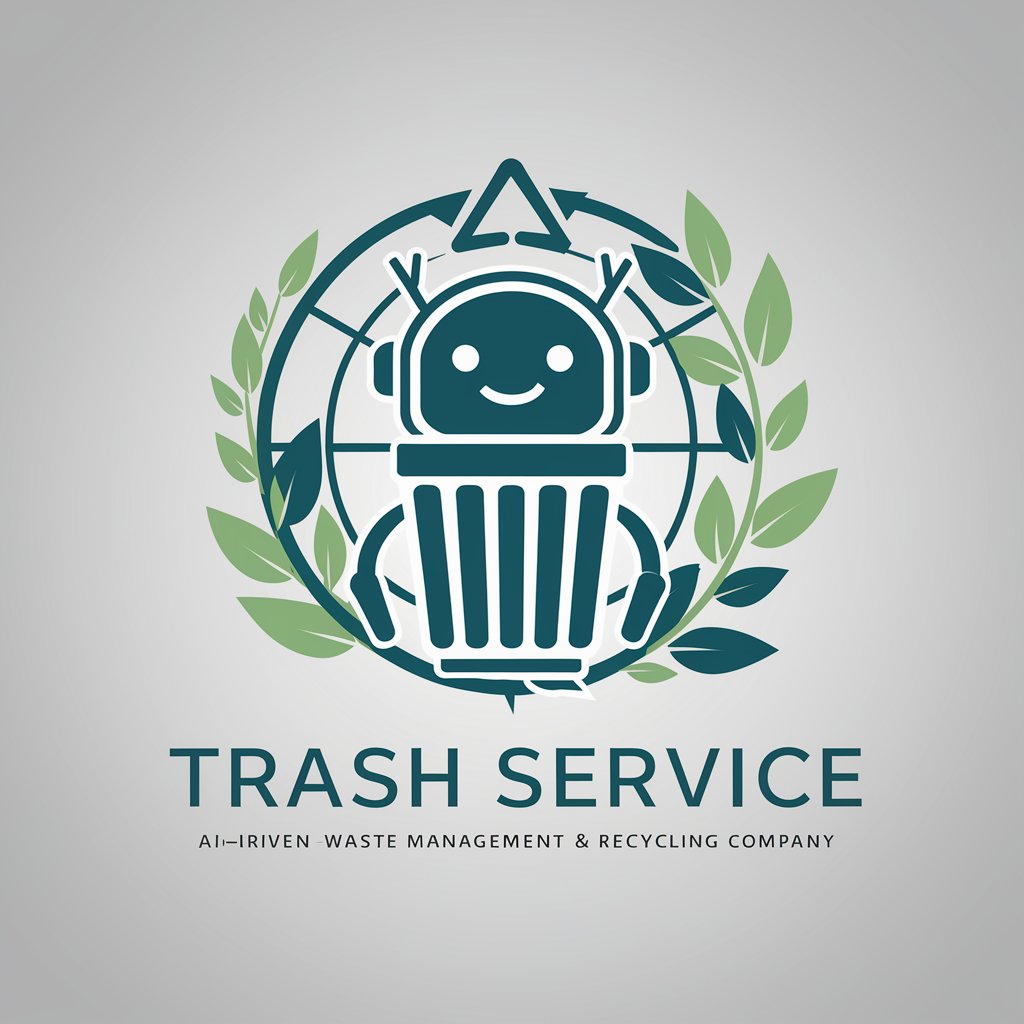Interior Design - Interior Design Assistance

Welcome! Let's transform your space with style and creativity.
AI-powered design insights at your fingertips
Can you recommend a modern color scheme for a living room that feels cozy yet stylish?
What are some current trends in kitchen design that I can incorporate into my remodel?
How can I maximize storage space in a small apartment without sacrificing style?
What lighting fixtures would best complement a minimalist bedroom design?
Get Embed Code
Understanding Interior Design
Interior design is the art and science of enhancing the interiors of a space or building to achieve a healthier and more aesthetically pleasing environment for the end user. It involves a comprehensive process that includes conceptual development, space planning, site inspections, programming, research, communicating with the stakeholders of a project, construction management, and execution of the design. Interior design is not just about selecting colors, furniture, and fabrics, but also about improving the functionality, safety, and efficiency of the space. For example, the design of a home office might integrate ergonomic furniture and lighting that reduces eye strain, thus combining aesthetic appeal with functional benefits. Another scenario might involve the use of sustainable materials and technologies in a kitchen redesign, showcasing how interior design can contribute to environmental sustainability while creating a modern and comfortable space. Powered by ChatGPT-4o。

Functions of Interior Design
Space Planning
Example
Efficiently arranging furniture and fixtures in a small apartment to maximize space utilization.
Scenario
A designer might use space planning techniques to transform a cramped living room into a spacious and multifunctional area, incorporating storage solutions that reduce clutter and furniture that can be adapted for various uses.
Color Coordination
Example
Choosing a color palette that reflects the personality of the homeowner while also ensuring the colors enhance the feeling of space.
Scenario
In a bedroom redesign, a designer might select a serene and calming color scheme to promote relaxation and sleep, carefully balancing bold accents to add character without overwhelming the space.
Lighting Design
Example
Integrating natural and artificial lighting to create a well-lit, inviting atmosphere.
Scenario
For a home office, the designer might combine task lighting with ambient lights and incorporate ways to maximize natural daylight, improving productivity and mood.
Material Selection
Example
Choosing materials that are durable, sustainable, and in line with the design aesthetic.
Scenario
Selecting recycled glass countertops for a kitchen remodel, offering a durable and eco-friendly option that adds a unique visual appeal to the space.
Custom Furniture and Fixture Design
Example
Designing custom pieces that fit the specific dimensions and style of a room.
Scenario
Creating a built-in bookcase for a living room that complements the architecture of the space while providing personalized storage solutions.
Who Benefits from Interior Design Services
Homeowners
Homeowners looking to renovate or decorate their homes benefit from interior design services to enhance the functionality and aesthetics of their living spaces, reflecting their personal style and meeting their practical needs.
Business Owners
Business owners aiming to create a branded environment in their offices, restaurants, or retail spaces can utilize interior design to optimize the layout for customer experience and employee productivity, while also expressing their company culture.
Real Estate Developers
Real estate developers use interior design to increase the marketability of their properties, ensuring that layouts, finishes, and amenities appeal to potential buyers or tenants, and stand out in competitive markets.
Hospitality Industry
Hotels, resorts, and other hospitality businesses rely on interior design to create memorable guest experiences, using design to evoke a sense of place, luxury, or comfort that aligns with their brand.

How to Use Interior Design GPT
Start your journey
Begin by accessing yeschat.ai for an introductory experience without the need for registration or subscribing to ChatGPT Plus.
Identify your needs
Determine the specific interior design assistance you require, whether it's for color scheme selection, furniture arrangement, or overall room aesthetics.
Engage with GPT
Interact with the Interior Design GPT by posing your questions or describing your design project details to receive customized advice and solutions.
Apply suggestions
Implement the design recommendations provided, considering your space's unique characteristics and personal preferences for optimal results.
Iterate and refine
Use the feedback loop by sharing the outcomes of applied advice with the GPT for further refinement and personalized tips, enhancing your design over time.
Try other advanced and practical GPTs
Dance Transitions
Seamless Dance Transitions, AI-Powered

Lawyer
Empowering legal clarity with AI

Recipes
Culinary inspiration at your fingertips.

Herb Garden
Cultivate with AI, Thrive Naturally

Fur
Empowering Ethical Fur Innovation

Law
Empowering legal discovery with AI.

Trash Service
AI-driven advice for smarter waste management

Asset Management
Empowering investment decisions with AI

Gifts
Tailored Gift Ideas Powered by AI

Safety Scan
AI-powered Safety at Your Fingertips

Numerical Analysis
Powering solutions with AI-driven analysis

WingMakers
Empowering Personal Growth Through AI

FAQs on Interior Design GPT
What types of interior design styles can this tool help with?
The Interior Design GPT can assist with a broad range of styles, including modern, minimalist, traditional, bohemian, Scandinavian, and industrial, offering tailored advice to align with your aesthetic preferences.
Can it provide recommendations for small spaces?
Yes, it specializes in offering creative and practical solutions for maximizing the utility and appearance of small spaces, including tips on furniture selection, color schemes, and storage solutions.
How does it keep up with current trends?
The tool regularly updates its database with the latest trends in interior design, drawing from contemporary sources and industry insights to provide you with the most current recommendations.
Can I get advice on eco-friendly and sustainable designs?
Absolutely. It offers suggestions on sustainable materials, eco-friendly furniture, and design practices that minimize environmental impact, aligning with green living principles.
Is it suitable for commercial interior design projects?
Yes, it can provide insights and advice for commercial projects, including office spaces, restaurants, and retail, focusing on functionality, aesthetics, and brand alignment.
